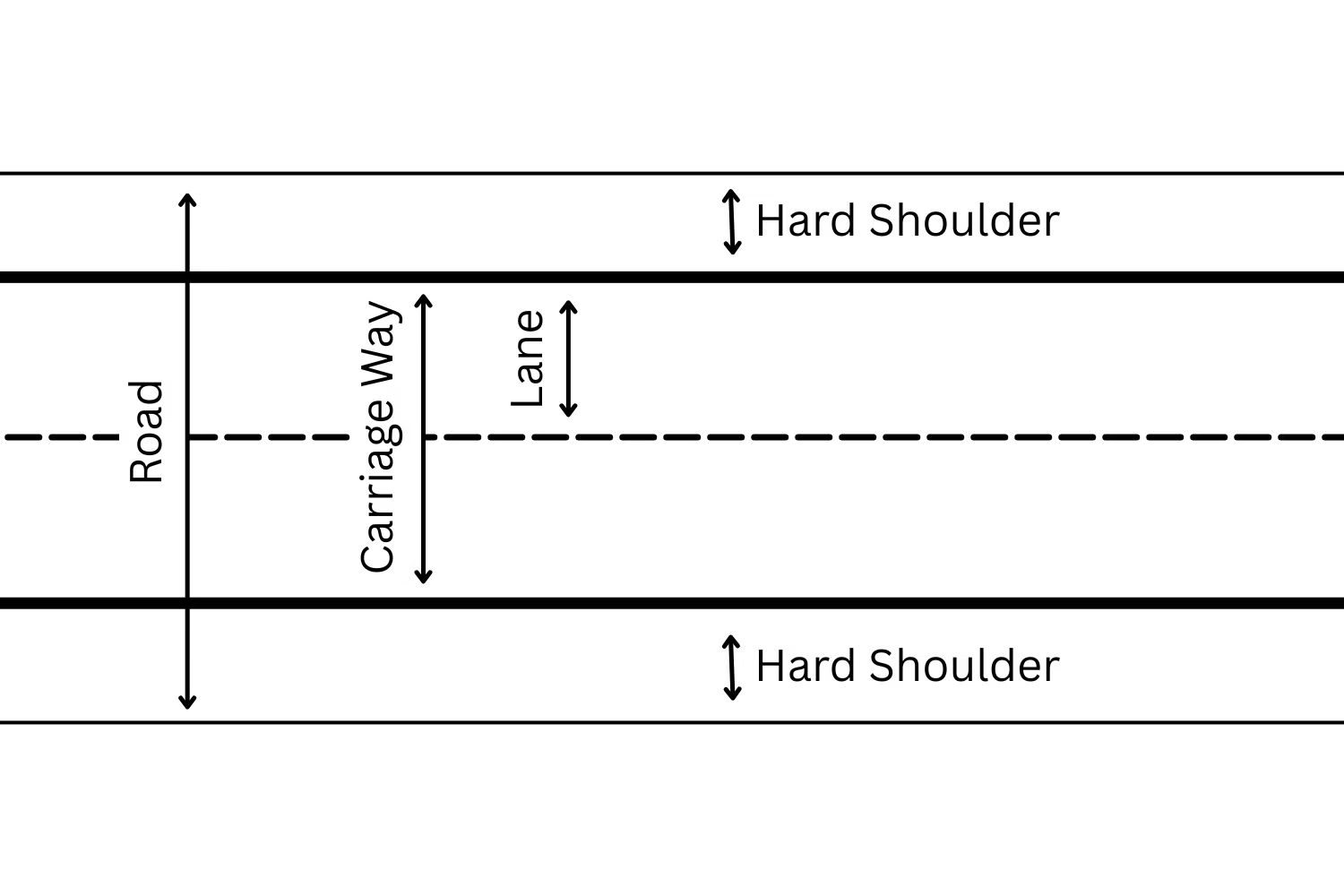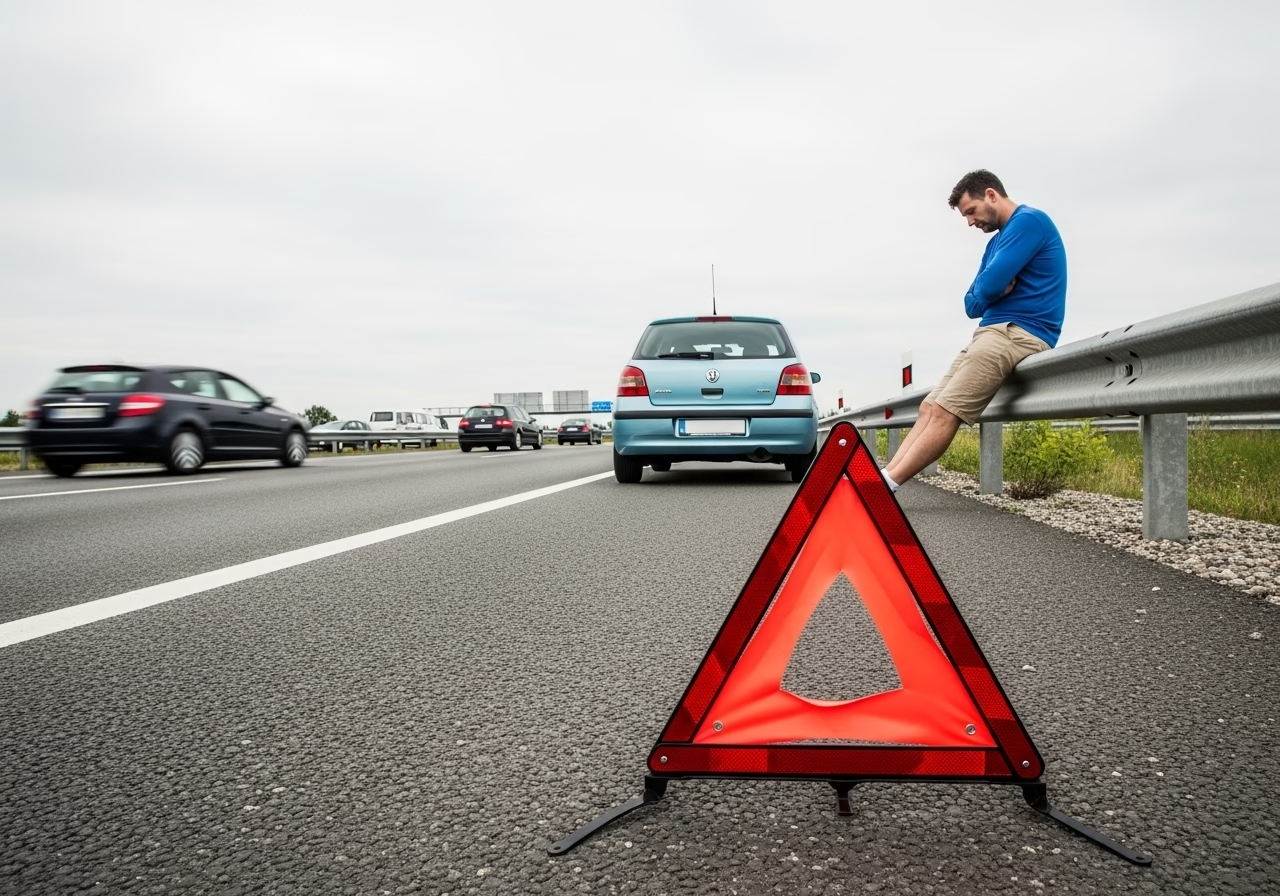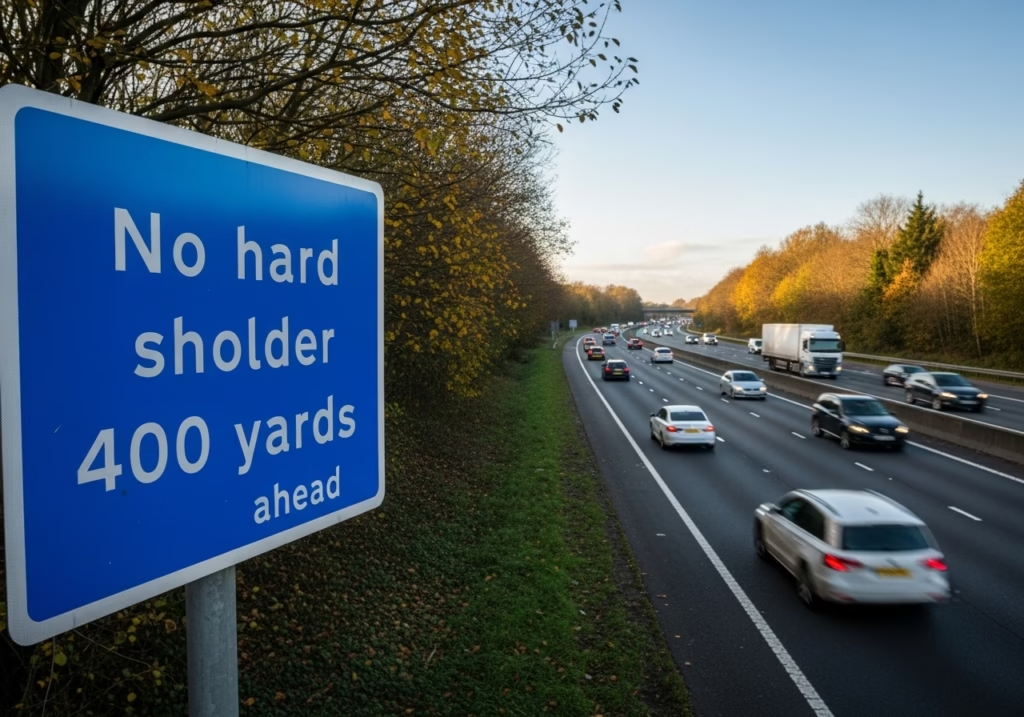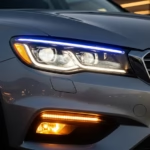The hard shoulder is one of the most misunderstood parts of the road network. Many new drivers and even experienced ones don’t fully understand when, how, or if they’re allowed to use it. Misusing the hard shoulder can be dangerous and lead to hefty fines, accidents, or even prosecution.
What Is the Hard Shoulder?
The hard shoulder is a narrow strip of road running alongside motorways and some dual carriageways. It is usually marked by a solid white line and designed as a safety zone for emergencies not a driving lane.
It allows broken-down vehicles to pull over safely without blocking the main traffic lanes. Emergency vehicles, such as ambulances or police cars, may also use the hard shoulder to bypass traffic during critical situations.

The Purpose of the Hard Shoulder
The hard shoulder serves three main purposes:
Emergency refuge:
It provides a safe space for drivers who experience mechanical failure, flat tyres, or sudden illness.Access route for emergency services:
Police, ambulances, and fire services often rely on the hard shoulder to reach accidents quickly.Safety buffer:
It creates extra space between live traffic lanes and roadside hazards, reducing the impact of collisions.
Despite its importance, the hard shoulder is not an additional driving lane except under specific, controlled circumstances.
When Can You Use It?
Under UK and EU driving laws, the hard shoulder must only be used in emergencies or when directed by signage or authorities. Here are the key hard shoulder driving rules every motorist should know:
Use only in emergencies
You may pull onto the hard shoulder if:
Your vehicle has broken down.
You experience a medical emergency.
You have a flat tyre or mechanical failure that prevents safe driving.
The police or highway authorities instruct you to do so.
In all other cases no matter how bad the traffic or how short the journey you must not drive or overtake on the hard shoulder.

What to Do If You Need to Stop on the Hard Shoulder
If an emergency forces you to stop, follow these safe stopping procedures:
Pull up as far left as possible, near the verge or barrier.
Turn on your hazard warning lights immediately.
Use sidelights at night or in poor visibility.
Exit the vehicle safely through the passenger-side doors (away from traffic).
Stand behind the barrier, not in front of or beside your car.
Call for assistance using your mobile or an emergency roadside phone (located at regular intervals).
Never attempt to repair your car while on the hard shoulder. Instead, wait for professional help, such as Highways Agency patrols, breakdown services, or the police.
Common Misuses of the Hard Shoulder
Unfortunately, many drivers misuse the hard shoulder out of impatience or confusion. Here are common mistakes to avoid:
Using it to skip traffic jams.
Illegal and dangerous. You can be fined and receive penalty points.Stopping for non-emergencies.
Pulling over to check your phone, rest, or use the toilet is not allowed.Picking up or dropping off passengers.
This is strictly prohibited and highly unsafe.Driving too long after an emergency stop.
Once the issue is resolved, rejoin traffic only when safe and accelerate on the hard shoulder before merging.
The hard shoulder is there to protect lives, not to save time. By following proper hard shoulder driving rules, you help maintain safer roads for everyone. Always treat the hard shoulder with caution, respect, and responsibility it might just be the difference between a safe recovery and a serious accident.
Discover more from SMOOTHSTEERING
Subscribe to get the latest posts sent to your email.


